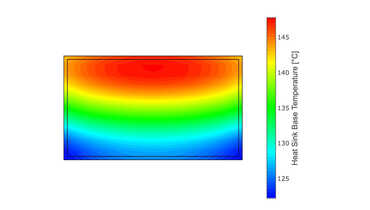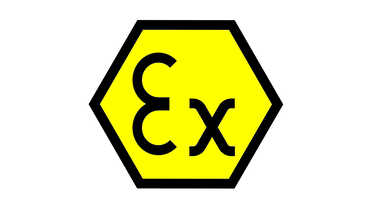Despite the emergence of numerous alternatives, ITO remains the first choice for transparent conductive materials in touchscreens. At Interelectronix, our deep understanding of ITO's unique qualities and extensive experience in the industry reinforce our commitment to leveraging this material's strengths. Join us as we explore why ITO continues to dominate and when alternatives come into play.
ITO (Indium Tin Oxide) The Unmatched Transparent Conductor
ITO's role in touchscreen technology is foundational. The transparent conductive material allows for precise touch input transmission on devices such as smartphones and tablets. Its exceptional electrical conductivity and optical transparency make it the ideal choice for creating transparent electrodes, ensuring that touchscreens are both highly responsive and visually clear.
The Performance Edge of ITO
While alternatives to ITO have emerged, their adoption often hinges on specific performance needs rather than cost factors. ITO's superior properties are hard to match, making it the preferred material for most applications. Its stability, durability, and efficiency in touch sensitivity are critical in maintaining the high standards expected in modern consumer electronics.
The Established History of ITO
ITO has been a known material for decades, with production processes that are stable and well-documented. The industry’s extensive experience with ITO translates to a significant advantage: a much lower risk profile compared to newer materials. For manufacturers producing millions of units annually, this experience is crucial. It ensures reliability, minimizes the risk of quality problems, and helps maintain lower warranty provisions in a competitive market with razor-thin profit margins.
When Substitutes Make Sense
Metal Mesh for Large Touchscreens
One of the primary scenarios where ITO substitutes come into play is in large touchscreen applications. For instance, metal mesh is often chosen for large displays due to its lower material costs and outstanding electrical conductivity. However, it also introduces challenges such as visible moiré patterns and potential oxidation, depending on the metal used. These drawbacks limit its widespread use, but for specific large-scale applications, metal mesh offers a viable alternative where ITO might fall short in performance.
Flexible Touchscreens: Seeking Better Materials
The rise of flexible touchscreen technology demands materials that can bend and flex without compromising performance. ITO, while excellent in many aspects, is brittle and not suitable for flexible displays. This has led to the exploration and implementation of alternatives such as silver nanowires, carbon nanotubes, and graphene:
Silver Nanowires
Silver nanowires are notable for their excellent flexibility and high permeability, making them suitable for applications requiring significant bending or transparency. However, the production challenges associated with silver nanowire ink can be a limiting factor.
Carbon Nanotubes
Carbon nanotubes offer flexibility and conductivity comparable to silver nanowires, and they perform well under various environmental conditions. Despite high material costs, their potential for mass production and resistance to impurities make them a strong candidate for flexible touchscreen applications.
Graphene
Graphene is renowned for its flexibility and near-complete transparency. Its ability to be produced in large, continuous sheets makes it an ideal candidate for flexible touchscreens. However, the current inability to mass-produce graphene remains a significant barrier to its widespread use.
Conductive Polymers for Specialized Needs
Conductive polymers provide an attractive option for applications requiring flexibility and transparency. They are cost-effective in wet processes and can be combined with other materials to enhance their properties. While not as widely used as ITO, they offer specific advantages for certain niche applications.
ITO Inks for Versatile Applications
ITO inks provide a versatile alternative, leveraging existing ITO properties while potentially reducing production complexities. This makes them suitable for applications where traditional ITO deposition methods are impractical.
ITO’s Enduring Relevance
The main reason for ITO's continued dominance is its exceptional performance across a wide range of applications. While indium is relatively expensive and its supply concentrated in a few countries, the efficiency and reliability of ITO in touchscreens justify its ongoing use. Its cost-intensive production process, involving high vacuum conditions for application on substrates, is outweighed by the material's proven effectiveness and robustness.
The Role of Interelectronix in Leveraging ITO’s Strengths
At Interelectronix, we recognize the unmatched qualities of ITO and its crucial role in touchscreen technology. Our extensive experience and commitment to innovation ensure that we continue to leverage ITO's strengths while staying abreast of emerging alternatives for specific applications. We understand that while substitutes may offer solutions for particular challenges, ITO's resilience and performance make it the preferred choice for most touchscreen technologies.



